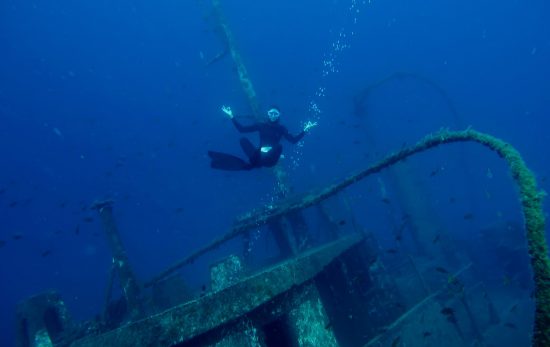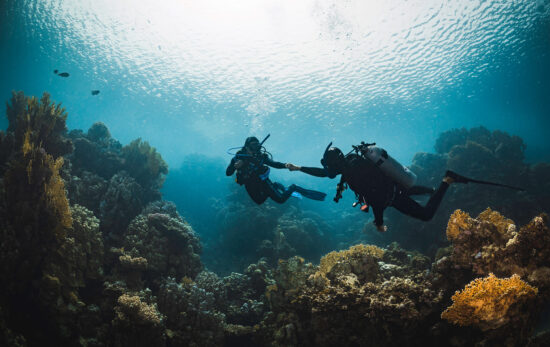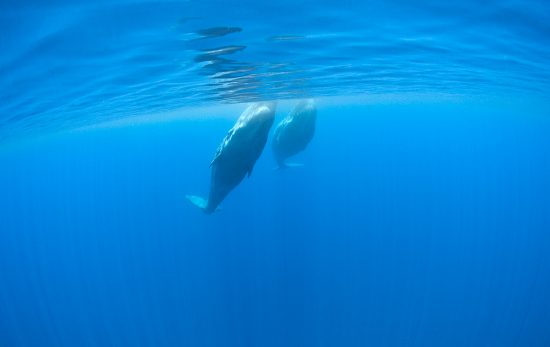Written by PADI AmbassaDiver, Birgitta Mueck
During the past 18 years my father, sister and I have sailed close to 50,000 nautical miles on a mission to document the amazing life hidden beneath the waves. We’ve been sailing in our expedition yacht ‘Eja’, a 45ft sailing boat equipped with everything we need for diving in remote areas and to be totally independent for several weeks out to sea.
With help of the winds we traverse the oceans, filming life in both cold and warmer waters, with the aim to spread our interest and passion for the delicate marine environment and its many fascinating but vulnerable inhabitants.
After finalizing our most recent production “Winter Whales of Norway”, a film about our voyage along the Norwegian coast in search for the huge amount of orcas and humpback whales that annually gather during the coldest and darkest winter months in the fjords north of the Arctic circle, new oceanic adventures awaited us at the horizon.
Starting last June our most recent expedition has taken us from the Swedish west coast, to Norway, Scotland and the west coast of Ireland before heading across the North Atlantic Ocean to the Azores. A 2,400 nautical mile journey we’ve made several times, with new and unique experiences each time.
This summer´s ventures offered countless numbers of whale sightings along the way, including close encounters with the second biggest animal to have ever have lived on Earth; the Fin whale. Out on the blue, with more than 2000 meters of water beneath me and 400 nautical miles to closest land, both time and location is forgotten when eye to eye with this gentle and peaceful giant that can reach the impressive length of 27 meters. A giant that sadly is being hunted in Icelandic waters, where close to 200 individuals is the target this year.
When based on an (almost) 14m sailboat far out on the open sea, one does feel very tiny indeed.
Also called the pelagic zone, the open ocean is outside of all coastal areas and of all the inhabited environments, the pelagic zone had the largest volume on Earth.
During our crossing between west Ireland and Azores, we spent 11 days on the open Atlantic before finally reaching the island of Sao Miguel in the Azores. Azores is a group of nine volcanic islands, with the biggest island, Sao Miguel, located approximately 700 nautical miles west of Portugal.
A green oasis I have been to eight times since my first time back in 2003. For whale enthusiasts this is a paradise where many species can be spotted. This is also the place where I had my first very close encounters with the legendary sperm whales, including a breathtaking encounter where a juvenile curiously started to push me in the water.
Spellbinding sperm whales can be found here all year round and there are several whale watching companies offering trips to observe the cetaceans from above water. However, a special permit is needed to enter the water with the whales, the many different dolphin species found in the area can be experienced underwater with a bit of luck for anyone interested.
This time, we are here to film dolphins and are therefore spending most time possible out at sea to document these charming creatures. Out on the blue, every day is a new adventure and for the observant eye there are many pelagic species to get fascinated about. When weather and wind is too rough for us to film what we need further out, we instead seek shelter exploring the coastline where great local dives spots are found. As the autumn storms now have started to knock on the door, more shore diving is to come which I happily will share more from in my next post on the PADI-blog. Stay tuned!
More from my various adventures on my blog, Instagram and Facebook page.


